Feeling Puffy? A Pro’s Guide to Naturally Easing Water Retention
Over the years, I’ve seen so many people walk into my office with the same story. They feel puffy, their rings are suddenly too tight, and their ankles look swollen by evening. They’ll say, “I feel like I gained five pounds overnight, but I haven’t changed a thing!” It’s that classic, frustrating feeling of water retention.
In this article
Honestly, the first impulse for many is to reach for a quick fix, like a “water pill” or some super-strong herb. But my first job is always to encourage a pause. Let’s figure out what your body is actually trying to tell you.
Mild puffiness can be totally normal—a response to a hot day, a long flight, or hormonal shifts. But if it sticks around, it’s a signal. It might be pointing to something off in your diet, your mineral balance, or something else that needs attention. Before we even think about herbs, we have to look at the foundation. This isn’t about a quick-fix weight loss scheme; it’s about helping your body find its natural balance again.
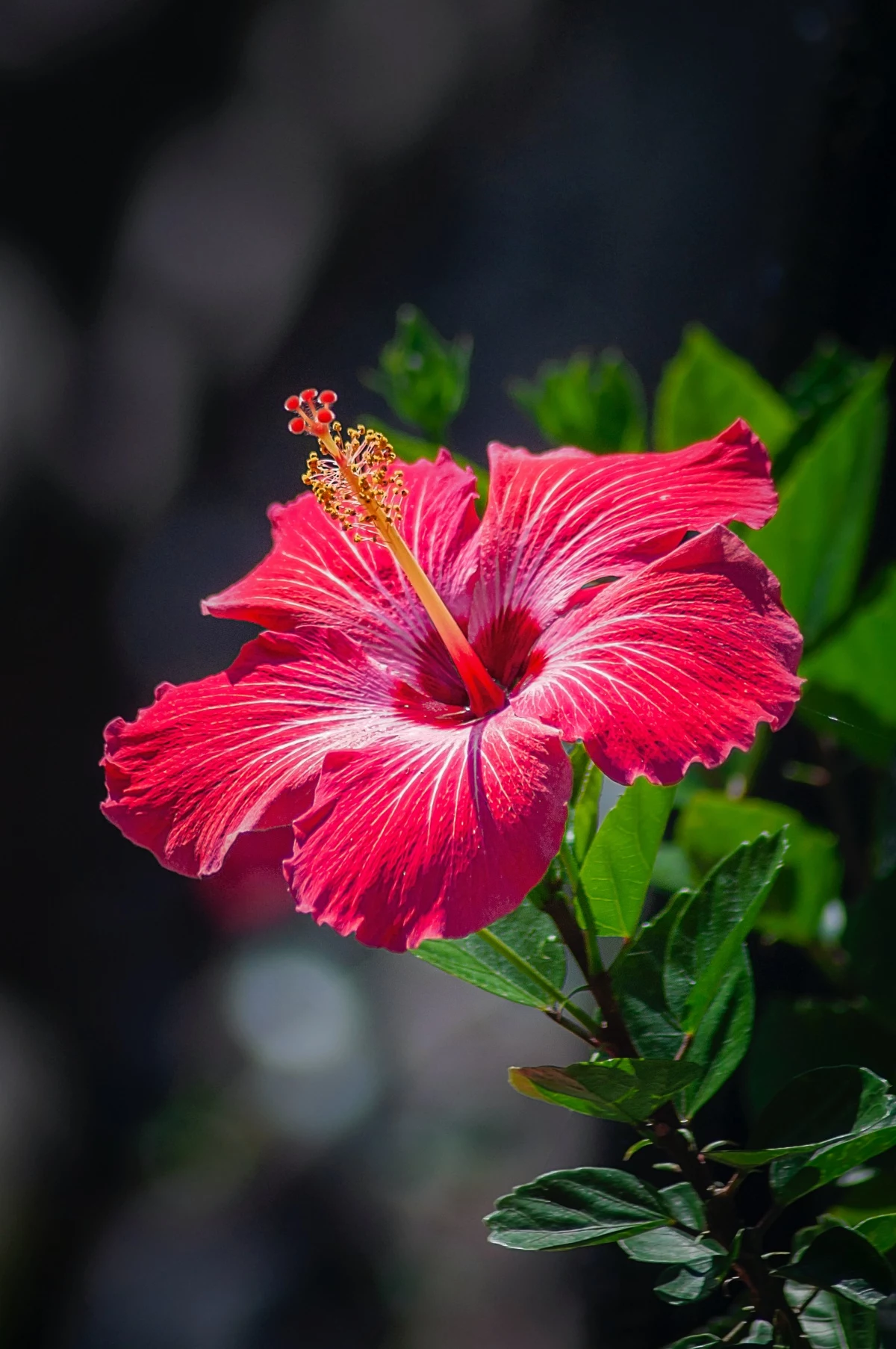
First Things First: What to Do Before Reaching for Herbs
In my practice, we never, ever start with herbs for water retention. Why? Because that’s like bailing water out of a boat that has a hole in it. You have to fix the leak first! More often than not, these simple foundational shifts are all it takes to see a real difference.
1. Get Smart About Sodium
Heads up! Most of the extra salt you’re getting probably isn’t from your salt shaker. It’s hiding in processed, packaged, and restaurant foods. For just one week, try an experiment: focus on fresh, home-cooked meals. This alone can be a game-changer.
Oh yeah, and read labels. You’d be shocked. Here are some of the top sodium surprises I see people miss:
- Canned Soups: Even the “healthy” ones can pack a huge sodium punch.
- Cottage Cheese: A great source of protein, but often loaded with salt to preserve it.
- Deli Meats & Frozen Pizza: These are notorious sodium bombs.
- Salad Dressings & Soy Sauce: A little bit can add up to a lot of sodium very quickly.

2. Power Up with Potassium
Instead of just focusing on what to remove, let’s focus on what to add. Potassium is sodium’s natural counterbalance. It’s the tool your kidneys need to get rid of excess sodium. Think of it as inviting the good guy in to escort the bad guy out. Try to add potassium-rich foods to every meal. Some excellent choices are bananas, avocados, spinach, beans, lentils, and sweet potatoes (keep the skin on!).
3. Drink More Water (Yes, Really!)
I know, it sounds completely backward. Why add more water when you already feel full of it? But your body is incredibly smart. If it senses you’re dehydrated, it goes into survival mode and holds onto every last drop. By drinking plenty of plain water, you’re sending a signal that says, “It’s okay, there’s no shortage here!” This gives your body permission to let go of the fluid it’s been hoarding. A good goal is to aim for about half your body weight in ounces per day.
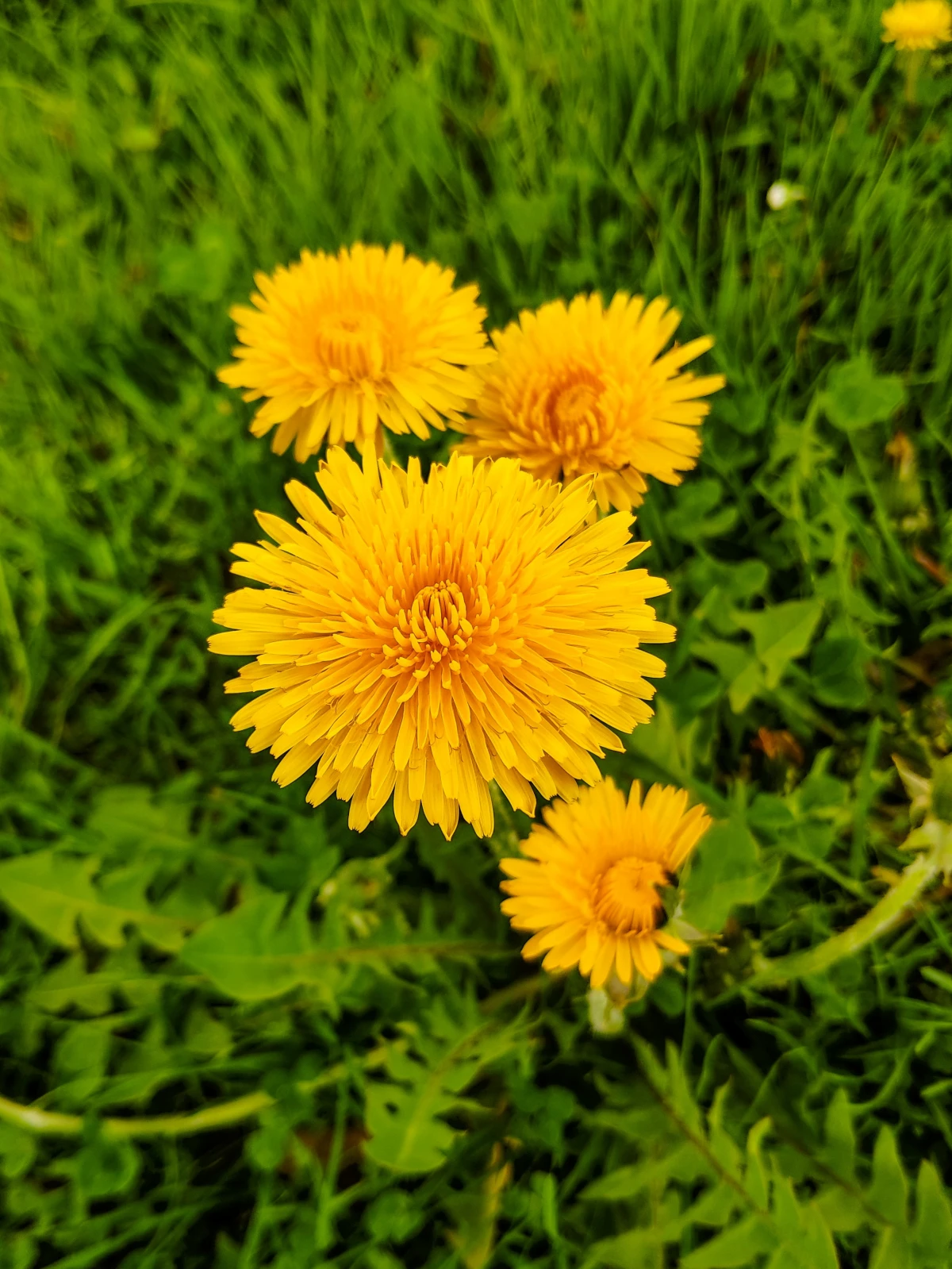
4. Get Your Body Moving
Your circulatory system has a powerful pump (your heart), but your lymphatic system—which helps clear out waste and fluid—doesn’t. It relies on you moving your muscles. If you sit or stand all day, fluid naturally pools in your legs. A brisk 20-minute walk can make a world of difference.
Quick Tip: If you’re stuck at a desk, try doing “ankle pumps” every hour. Just point your toes down as far as they’ll go, then flex your feet up toward your shins. Repeat that 20 times. It acts like a tiny pump for your lower legs!
A Closer Look at Common Herbal Helpers
Okay, so you’ve worked on the foundations and still need a little extra support. This is where certain herbs can be fantastic allies. But first, let’s talk about where to get them and what to expect.
Where to Buy Herbs & What to Expect to Pay
You can find good quality dried herbs at local health food stores, co-ops, or from reputable online suppliers that specialize in botanicals. Don’t just grab any old thing off a dusty shelf! Look for vibrant color and a fresh, grassy smell. For pricing, you can generally expect to pay around $3 to $6 for an ounce of dried leaf (like dandelion or hibiscus), which will make you about 15-20 cups of tea. An alcohol-based extract, called a tincture, will usually run you between $12 and $20 for a one-ounce bottle that can last a month or more.

Dandelion Leaf
This is my absolute go-to for gentle support. The magic of dandelion leaf is that it’s naturally loaded with potassium. So, as it encourages your kidneys to flush out sodium and water, it’s also replenishing the key mineral you’re losing. This makes it so much smarter and safer than things that just drain your system. A pro tip: We use the leaf for its diuretic properties. The root is better for liver and digestive health—a great example of how different parts of one plant do different jobs.
By the way, people always ask: “Can I just use the dandelions from my yard?” The answer is… maybe! If you are 100% certain your lawn is free of any pesticides, herbicides, or other chemical treatments, then yes. But when in doubt, it’s always safer to buy from a trusted source.
How to Use It: For a simple tea, pour 8 ounces of boiling water over 1-2 teaspoons of the dried leaf. Cover it and let it steep for a good 10-15 minutes. You can drink 2-3 cups a day for a few days when you’re feeling puffy.
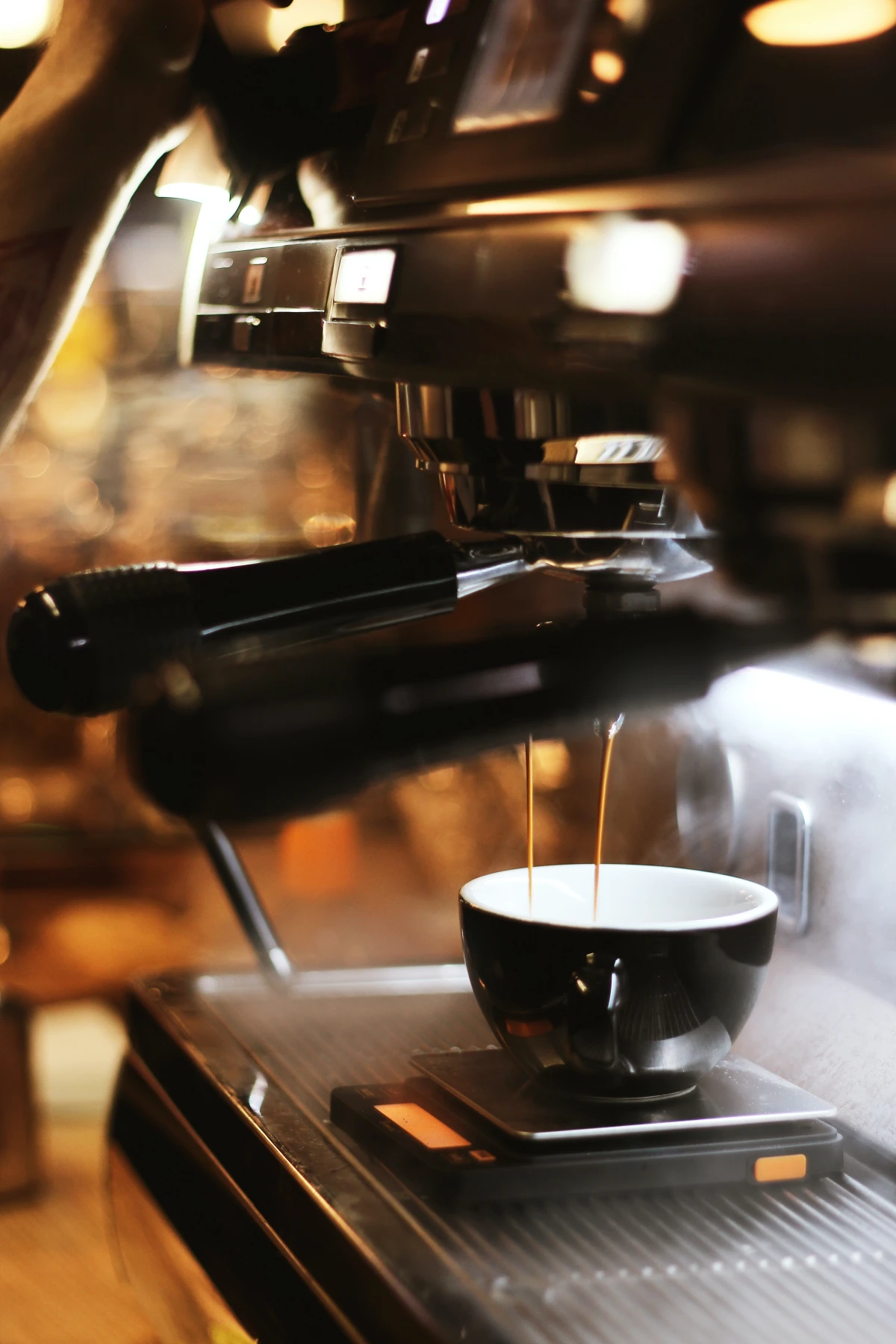
Parsley
Parsley is so much more than a forgotten garnish on the side of your plate! It’s thought to work by gently inhibiting the body’s sodium-potassium exchange, which encourages more water to be released. I love recommending parsley because it’s so accessible. Adding a big handful of fresh parsley to a smoothie, salad, or soup is a great food-based approach.
A Quick Safety Note: When we talk about medicinal amounts, we mean things like juicing multiple large bunches of parsley a day. That should be avoided during pregnancy. A normal handful in your food is perfectly fine and considered culinary.
Hibiscus
Hibiscus tea is just wonderful. It has a mild diuretic effect similar to dandelion and is also a good source of electrolytes. It’s fantastic for general hydration support, especially in hot weather. The flavor is deliciously tart, a bit like cranberry, and that beautiful red color comes from potent antioxidants.
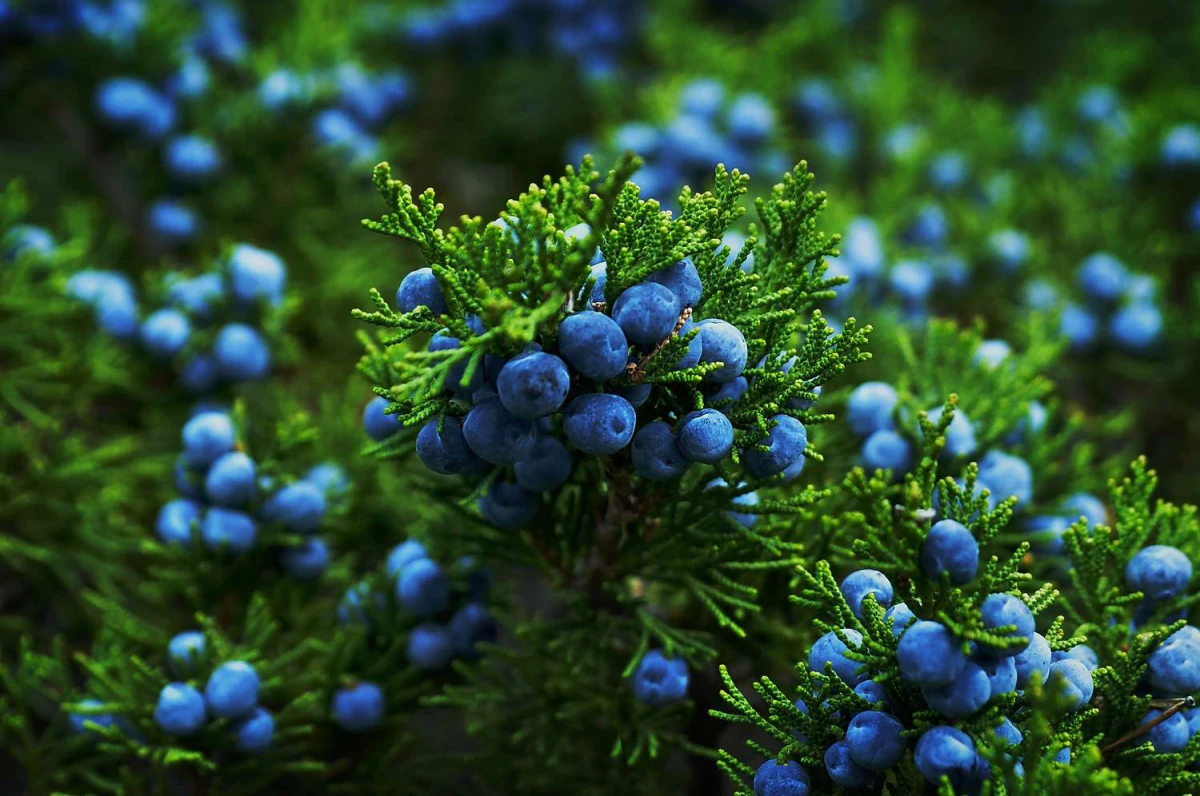
Time-Saving Hack: Don’t have time to brew a fresh cup every time? Make a big pitcher of hibiscus iced tea and keep it in the fridge. It’s a refreshing way to stay hydrated and get that gentle flushing effect for a couple of days.
Juniper Berry
Now, we need to talk about juniper with a lot of respect and caution. This is a powerful one. It contains compounds that directly irritate the kidney tissues, which forces them to filter more fluid. Because it’s an irritant, it is absolutely NOT for long-term or casual use. I once had a client who, after reading something online, took large amounts of juniper for weeks to lose “water weight” and ended up in my office with serious kidney pain. It was a stark reminder that these plants are potent medicine. I reserve juniper for very specific, short-term situations in otherwise robust people.
Green Tea & Coffee (Caffeine)
And of course, there’s caffeine. It’s a mild diuretic, for sure. However, your body builds a tolerance to it pretty quickly, so if you’re a regular coffee or tea drinker, you probably don’t notice much of an effect anymore. I generally don’t recommend using caffeine as a tool for this, as the risk of messing with your sleep or increasing anxiety often outweighs the tiny diuretic benefit.

So, Which Herb Should You Choose? A Quick Comparison
Feeling a bit overwhelmed by the options? Here’s a simple breakdown to help you decide:
- For Everyday Puffiness: Go with Dandelion Leaf. It’s the safest all-around choice, effective and mineral-rich. It has a mild, green-tea-like taste.
- For a Food-Based Approach: Reach for Parsley. It’s incredibly easy to add to meals you’re already making. It’s very safe (outside of huge doses in pregnancy) and has a fresh, bright flavor.
- For Gentle Hydration: Choose Hibiscus. It’s a delicious, safe, and beautiful tea that’s great for hot weather or when you just want a tasty, supportive drink. Its taste is tart and fruity.
- For Potent, Short-Term Use (with EXTREME caution): This is where Juniper Berry lives. It should only be considered under professional guidance. It has a strong, pine-like flavor and is not for beginners or long-term use.
My Go-To De-Puff Tea Blend
In practice, I rarely use just one herb. I prefer creating formulas where plants work together in synergy. This approach is often more effective and balanced. Here is a simple, lovely blend for mild fluid retention.
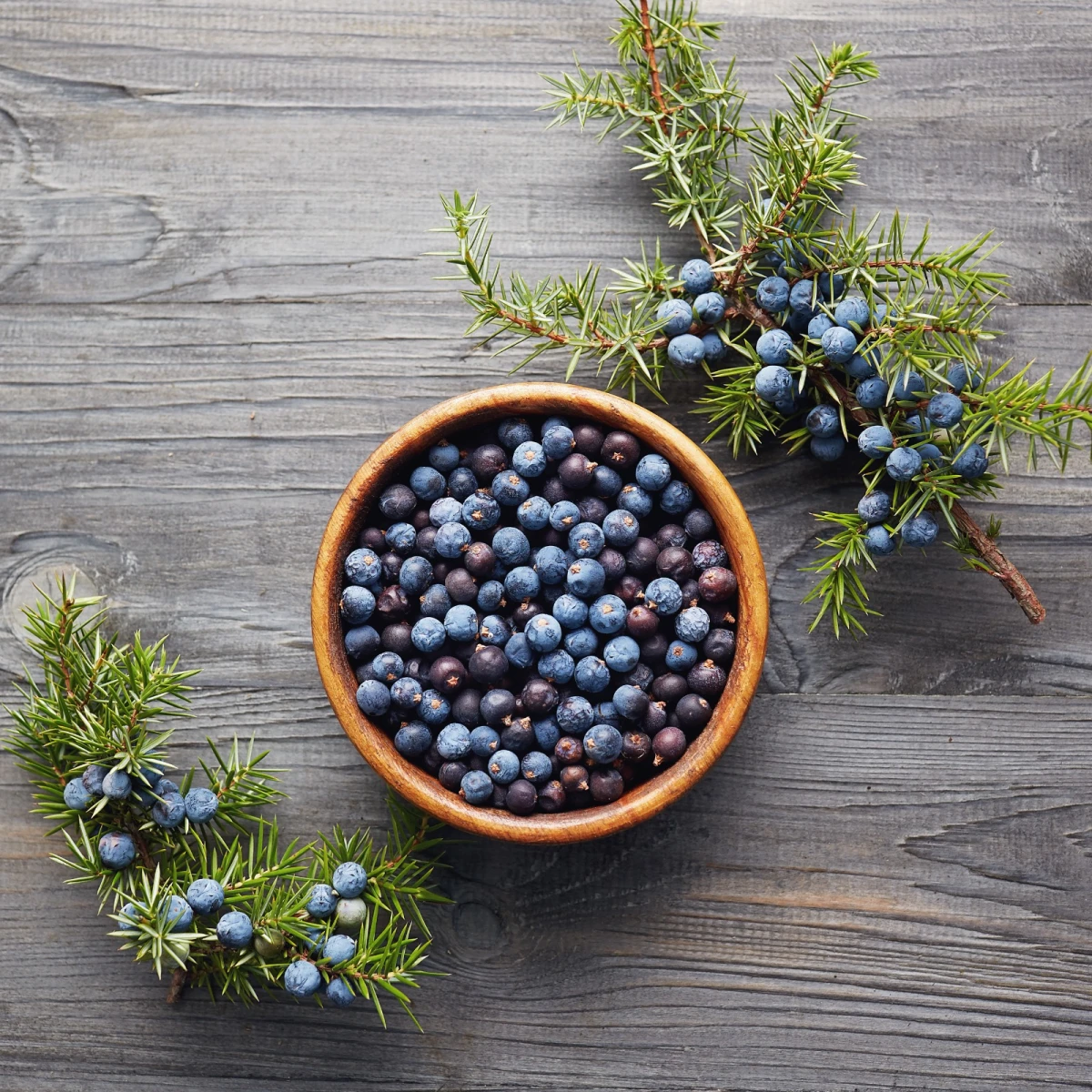
I call it the Daily Balance Brew:
- 2 parts Dandelion Leaf: This is our gentle, primary diuretic.
- 2 parts Nettle Leaf: Nettle isn’t a strong diuretic itself, but it’s a powerhouse of minerals. Think of it as the support crew that comes in to nourish and replenish your system.
- 1 part Spearmint or Peppermint: This is mostly for flavor and to soothe digestion. A tea that tastes good is a tea you’ll actually drink!
Just mix the dried herbs together. Use about 1 tablespoon of your blend per cup of hot water, and let it steep for 15 minutes. It’s a holistic way to support your body, not just force water out.
CRITICAL: When Natural Options Are NOT the Answer
Okay, this is easily the most important part of our chat. My main job is to keep you safe, and “natural” does not always mean safe. Persistent, severe, or sudden fluid retention can be a sign of a very serious medical issue. Using herbs here can be dangerous because it might mask the symptoms and prevent you from getting the care you need.
Please seek immediate medical attention if you experience any of these red flags:
- Swelling that comes on very suddenly and severely.
- Shortness of breath, especially when you lie down.
- Swelling in only one leg, particularly if it’s painful or red (this could be a blood clot).
- Skin over the swollen area that looks tight and shiny.
- Swelling that leaves a pit or indentation when you press on it for a few seconds.
To be frank, these are not things to self-treat with herbs. They can be signs of heart failure, kidney disease, or liver disease. These conditions require a doctor’s diagnosis and management. If you are on any prescription medication—especially for your heart, blood pressure, or kidneys—do not use these herbs without talking to your doctor first. The interactions can be serious.
Think of it this way: mild puffiness is your body whispering, asking for more water or less salt. The gentle herbs we talked about can help you listen. But significant, painful swelling? That’s your body shouting for help. And the wisest thing you can do is listen.
Inspirational Gallery
I feel puffy, so shouldn’t I drink less water?
It’s a common thought, but it works the other way around. When your body senses dehydration, it goes into conservation mode, holding onto every last drop of fluid, which can worsen puffiness. Consistent, steady hydration signals to your body that there’s no shortage, allowing your kidneys to properly flush out excess sodium and waste. Aim for sipping water throughout the day rather than chugging it all at once.
An estimated 20% of the water intake for the average adult comes from solid foods, especially fruits and vegetables.
This is why ‘eating your water’ is so effective. Foods like cucumber (96% water), watermelon (92%), and celery (95%) not only provide hydration but also come packed with the very vitamins and minerals, like potassium and magnesium, that help your body manage its fluid levels naturally.
Magnesium Glycinate: Often recommended for its high bioavailability and gentle effect on the stomach, this form is excellent for targeting muscle relaxation and reducing premenstrual water retention.
Magnesium Citrate: While also effective, this form has a more pronounced laxative effect, which can be helpful for some but less ideal if you only want to address fluid balance. Start with a low dose to assess your tolerance.
Beyond just salt, be mindful of other sneaky sources of bloating. For just a few days, try limiting these common culprits to see how your body responds:
- Sugar Alcohols: Often found in ‘sugar-free’ gum, snacks, and drinks (look for names like sorbitol or xylitol), they can be difficult to digest and cause gas and water retention.
- Carbonated Drinks: The fizz in sodas and sparkling waters can introduce excess gas into your digestive system, leading to a puffy feeling.
- Refined Carbohydrates: White bread, pastries, and pasta can cause a rapid spike in insulin, which may cause your kidneys to retain more sodium.
A simple 5-minute ritual before your morning shower can make a world of difference. Using a natural bristle body brush, like one from Goop or The Body Shop, gently brush your dry skin in long, sweeping motions toward your heart. This technique, known as dry brushing, helps stimulate your lymphatic system—your body’s internal drainage network—to clear stagnant fluid and toxins more efficiently.
- Improves circulation in your lower limbs.
- Gently encourages lymphatic drainage.
- Calms the nervous system and reduces stress hormones.
The technique? ‘Legs-Up-the-Wall’ pose (Viparita Karani). Simply lie on the floor and extend your legs straight up against a wall. Just 5-10 minutes in this passive position can significantly reduce swelling in the ankles and feet after a long day.
Important note on herbal teas: While diuretic teas like dandelion, hibiscus, or parsley can provide temporary relief, they shouldn’t be your first line of defense. Overusing them without addressing the root cause (like high sodium intake or mineral imbalance) can lead to dehydration and electrolyte loss, potentially making the problem worse in the long run. Use them as a short-term aid, not a long-term solution.
The entire volume of blood in your body gets filtered through your kidneys approximately 400 times a day.
Create your own ‘de-puff’ elixir to make hydration more appealing. It’s an easy way to add gentle, natural diuretic properties and flavor to your water.
- A few thin slices of cucumber (for its hydrating silica).
- Several sprigs of fresh mint (to aid digestion).
- A squeeze of fresh lemon (to support liver function).
Combine in a large glass pitcher of filtered water and let it infuse in the fridge for at least an hour. It’s a refreshing, spa-like drink that supports your body’s flushing process.
Consider the temperature of your food and drinks. In many traditional medicine systems, like Ayurveda, consuming too many cold or iced foods and beverages is believed to dampen the ‘digestive fire,’ slowing down metabolism and fluid processing. Try incorporating warming elements, like a cup of ginger tea or a bowl of warm soup, to support your system, especially on days you feel particularly sluggish and puffy.










